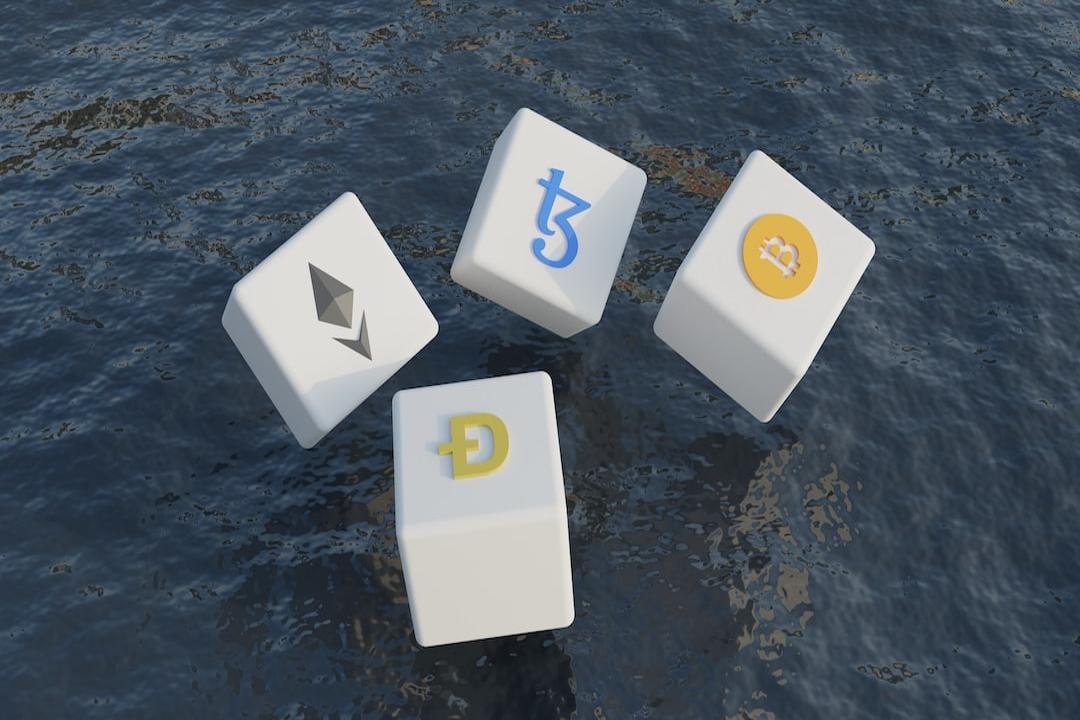CoinDesk Report:
Author: Robert D. Knight, CoinTelegraph; Translation: Baishui
Bitcoin and Ethereum users needing to transfer funds can take advantage of low fees in both ecosystems.
On June 23, the average Bitcoin transaction fee hit an eight-month low of $1.93. Ethereum followed suit on June 22 with an average transaction fee of $0.70, a significant improvement from its peak of $2.50 in March.
Vitali Dervoed, CEO and co-founder of decentralized exchange Spark, noted, “The decrease in Bitcoin transaction fees is largely due to reduced network congestion and adjustments in mining activity following the recent halving event.” With a decade of experience in various financial institutions including banks, fintech, and DeFi, Dervoed explained that such declines are not surprising.
“As miners adapt to lower profitability, halving typically leads to a temporary reduction in mining activity. This reduction can ease block space competition, thus lowering fees,” he said.
Justin d’Anethan, Asia Pacific business development director at crypto market maker Keyrock, added that other factors also contributed to fee reductions.
“In recent months, there has been a significant increase in transaction volume following Ordinals and rune inscription, but speculation seems to have slowed, if not subsided,” d’Anethan pointed out.
Carlos Mercado, data scientist at blockchain analytics firm Flipside Crypto, highlighted Ordinals as a contributing factor during interviews.
“After halving, there was a short-term spike in on-chain BTC activity and fees. However, overall, activity associated with Ordinals and Bitcoin inscriptions has fluctuated,” he said.
For Bitcoin miners, lower fees may pose challenges despite being good news for users. Mercado noted, “Bitcoin fees are compensating for lost block rewards,” emphasizing the need for miners to recover their real-world electricity/computational costs.
D’Anethan echoed similar sentiments in his analysis, noting, “Observing fee increases or decreases has almost no direct impact on Keyrock, but others may feel financially strained.”
“We’ve seen some miners sell Bitcoin to compensate for reduced earnings and the need to pay fees,” he added.
Regarding Ethereum fees, while Bitcoin’s low transaction fees correlate with halving events and reduced demand for Ordinals, Ethereum’s fees are related to the Dencun update in March.
“Ethereum has been plagued by unusual yet distinct dynamics, becoming more expensive if more people want to use the network, thereby reducing its attractiveness, which in turn makes it cheaper,” d’Anethan added.
He pointed out that Ethereum has seen much of its traffic shift to Arbitrum, Optimism, and Base.
“Dencun upgrades aim to address this issue by making Layer 2 activities cheaper… However, this has already driven users away,” d’Anethan said.
Dervoed agreed that the shift to Layer 2 solutions is driving down Ethereum fees.
“Ethereum fee reductions are primarily due to increasing adoption of L2 solutions like Optimistic and zero-knowledge aggregations. With most complex operations and derivative trades moving to these L2 platforms, Ethereum’s main chain is becoming more streamlined for basic transactions, thus reducing costs,” Dervoed stated.
The sustainability of a low-fee environment is viewed differently. Dervoed noted, “Due to changes in mining economics and network activity, the ecosystem may experience cyclical fluctuations. However, with the growing adoption and development of Layer 2 solutions, Ethereum’s low fees may persist, enhancing network capacity and efficiency without sacrificing security.”
D’Anethan concluded, “Without clear catalysts within the Bitcoin or Ethereum ecosystems, it’s hard to imagine transaction volumes and subsequent fees rising significantly… Cryptocurrencies remain a highly volatile and fast-paced industry, where new memes, products, and speculation can emerge in an instant.”
Contrary to Dervoed and d’Anethan’s optimism, Mercado offered a more pessimistic view.
“The same trend of declining L1 fees for Bitcoin and Ethereum can be seen as having similar bearish interpretations,” Mercado said.
“For BTC, miners issue about $27 million worth of BTC daily, with only about 5% matching direct transaction fees,” he added. Mercado expressed concerns over long-term implications, particularly with halving continuing to occur until transaction fees or prices must rise to prevent miners from reducing proof-of-work efforts due to the rising cost of their fiat-denominated electricity.
Regarding Ethereum, Mercado highlighted, “Ethereum issues $8 million in staking rewards daily, with about 20% matching EIP-1559 burns and Blob destruction. Occasionally, burning exceeds issuance, but recently, much activity has been compressed into L2.”
For Mercado, this implies that issuance may frequently exceed burning, leading to “long-term ETH inflation.” Conversely, due to Ethereum’s proof-of-stake consensus mechanism, “if consensus becomes more concentrated over time, it could lead to reduced security.”

